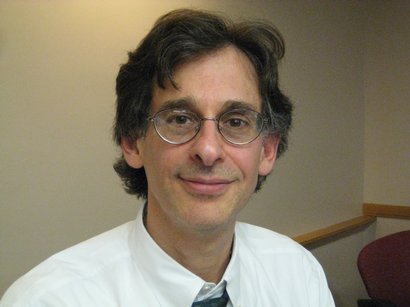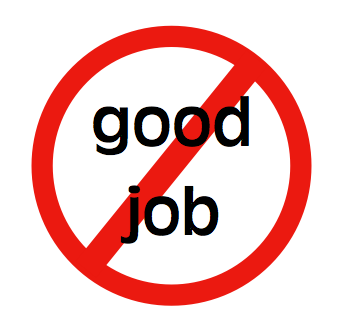For my blog post this week, I chose different quotes from Ira Shor's article titled Empowering Education: Critical Teaching for Social Change.
“School funding is
another political dimension of education, because more money has always been
invested in the education of upper-class children and elite collegians than has
been spent on students from lower-income homes and in community college.” (Shor
15)
This
quote really stood out to me because I couldn't help but think of the different
schools around the state of Rhode Island. While driving through the state, one
can see how drastically different the schools are in Barrington versus Central
Falls. I couldn’t help but think of Kozol’s Amazing
Grace and how one’s economic status influences everything in life. In Kozol’s
article, he says “There are children in the poorest, most abandoned places who,
despite the miseries and poisons that the world has pumped into their lives,
seem, when you first meet them, to be cheerful anyway.” The other day, one of
my teachers sent the class an article that relates to both the Shor and Kozol
quotes. The article by Nicholas D. Kristof titled “Where is the Love?” also talks about how “our life outcomes often depend on the “ovarian lottery.”” One part of this article that really stood out to me that
especially related to the Kozol quote was that “Researchers say that’s why the
poorest 20 percent of Americans donate more to charity, as a fraction of their
incomes, than the richest 20 percent.” I found this quote to be so powerful because it shows how those who do not have much money to spare will still donate to those in need, while those who have plenty are not willing to help.
"They conclude that "this competitive orientation leads to isolation and alienation" among students, encouraging a handful of "winners" while depressing the performance of the many, especially female students and minorities, who withdraw from the aggressive affect of the classroom." (Shor 24)
 I found this quote interesting because in my CEP 315 class we were just talking about using competition in the classroom. We discussed how competition can have negative effects in the classroom and how kids can feel ostracized when participating in certain games/activities. The textbook says that "The greater the emphasis on competitive evaluation and grading, the more students will focus on performance goals rather than mastery. And low-achieving students who have little hope of either performing well or mastering the task may simply want to get it over with" (Woolfolk 510). According to Shor, "Competition encourages people to survey other people's differences for potential weak spots" (Shor 24). It was so interesting to see
I found this quote interesting because in my CEP 315 class we were just talking about using competition in the classroom. We discussed how competition can have negative effects in the classroom and how kids can feel ostracized when participating in certain games/activities. The textbook says that "The greater the emphasis on competitive evaluation and grading, the more students will focus on performance goals rather than mastery. And low-achieving students who have little hope of either performing well or mastering the task may simply want to get it over with" (Woolfolk 510). According to Shor, "Competition encourages people to survey other people's differences for potential weak spots" (Shor 24). It was so interesting to see
"A curriculum that avoids questioning school and society is not, as is commonly supposed, politically neutral. It cuts off the students’ development as critical thinkers about their world. If the students’ task is to memorize rules and existing knowledge, without questioning the subject matter, or the learning process, their potential for critical thought and action will be restricted.” (Shor 12)
While reading this quote, I immediately thought of our FNED 346 class and how we are allowed to talk about and question school and society. I feel that our class is an example of what Shor wants to happen. He wants us to ask questions to further our knowledge. Shor argues that a curriculum that allows for questions "helps students to develop their intellectual and emotional powers to examine their learning in school, their everyday experience, and the conditions in society" (Shor 12). Shor says that the teachers are a crucial part in making this happen. When reading this section of the article, I had an image of what not to do as a teacher come to mind. I'm sure everyone has seen or heard the voice of the teacher in the Charlie Brown cartoons. I think that this is exactly what Shor does NOT want the teachers to be like. He says that if teachers teach "a curriculum that does not challenge the conditions in society", then students will get the idea that there is "no need for change." (Shor 12)
Talking Points for Class: I think that our FNED 346 class is a perfect example of what Shor is talking about. Dr. Bogad allows for us to ask questions and challenge society, which is exactly what Shor says is necessary in order for students to thrive. I think that this class has taught me so much more than my other classes because of the way that it is set up.




















